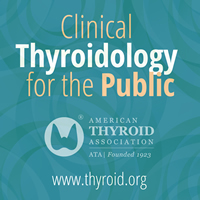Abstract
Background
Probiotic supplementation in early life may be effective in preventing atopic dermatitis (AD); however, results regarding efficacy have been controversial.
Objective
The aim of our study was to investigate the effect of probiotic supplementation on the risk of AD.
Methods
We systematically searched PubMed, EBSCO, Embase and Web of Science databases up to 8 March 2018 for potentially relevant studies regarding probiotic supplementation and AD. Included infants and children were those with probiotic exposure in utero and/or after birth who were not previously diagnosed with AD. We calculated the odds ratios (ORs) and 95% confidence intervals (CIs) and used the Jadad and Newcastle–Ottawa scales to assess methodologic quality.
Results
A total of 28 studies met the inclusion criteria. Compared with controls, probiotic treatment was associated with a reduced risk of AD (OR 0.69; 95% CI 0.58–0.82, P < 0.0001). The use of probiotics during both the prenatal and the postnatal period significantly reduced the incidence of AD (OR 0.67; 95% CI 0.54–0.82); however, analysis of studies of probiotics given prenatally only or postnatally only did not reach statistical significance.
Conclusions
Our meta-analysis showed that probiotic supplementation during both the prenatal and the postnatal period reduced the incidence of AD in infants and children. Our findings suggest that starting probiotic treatment during gestation and continuing through the first 6 months of the infant's life may be of benefit in the prevention of AD.
https://ift.tt/2PHuJ7z

